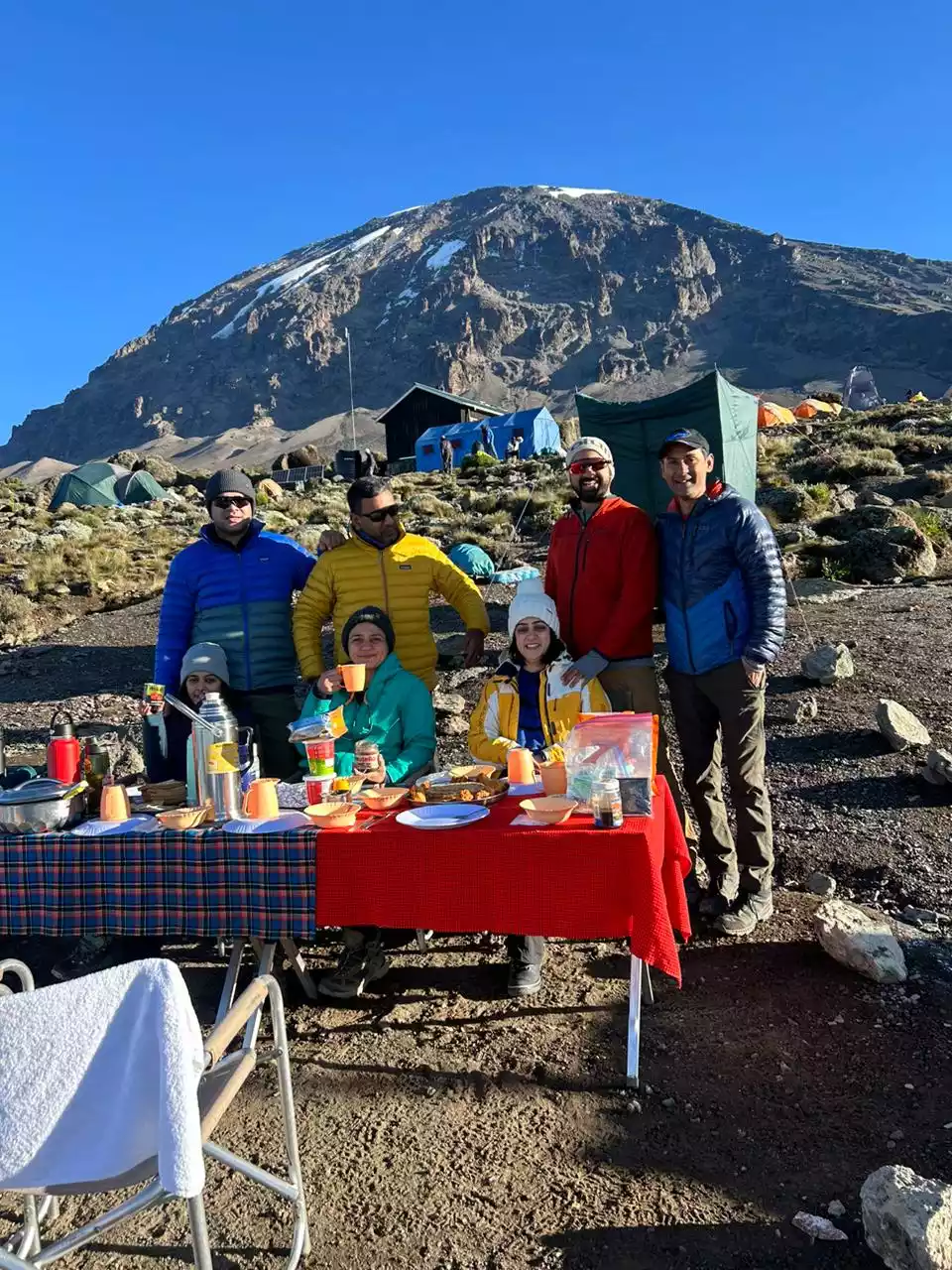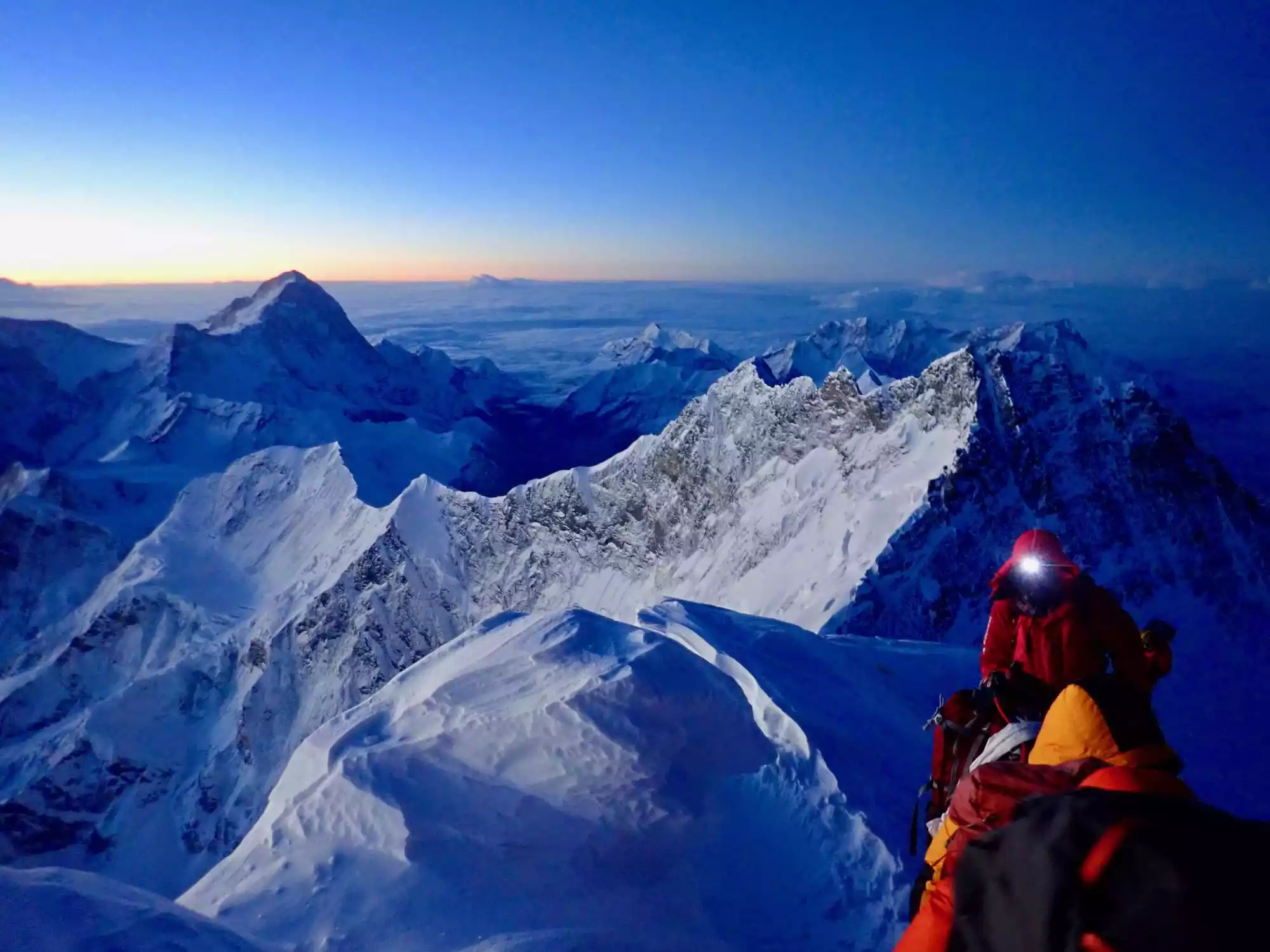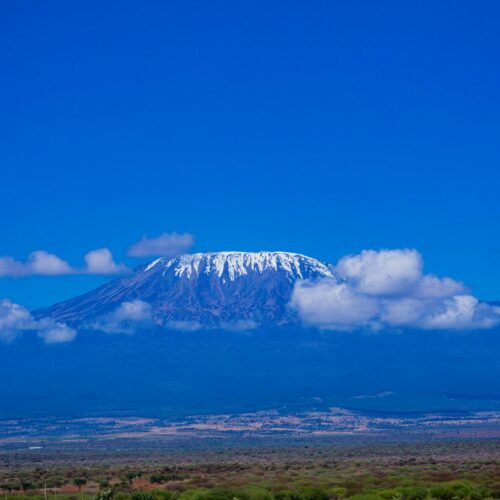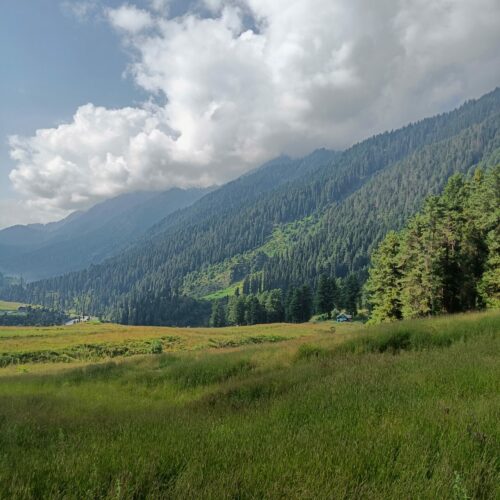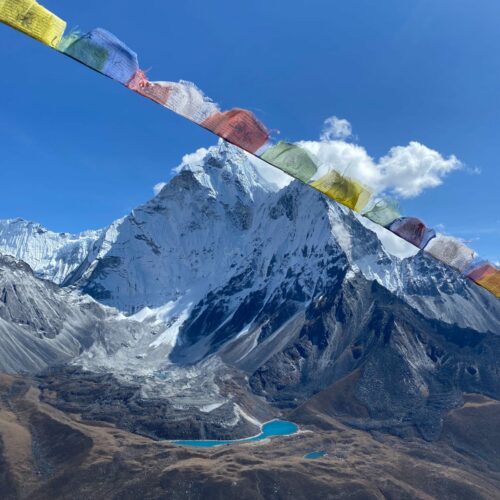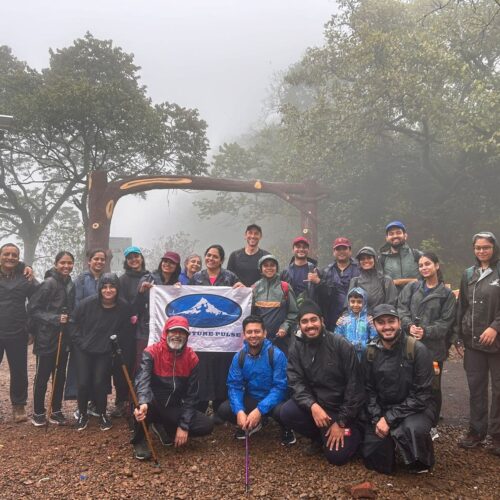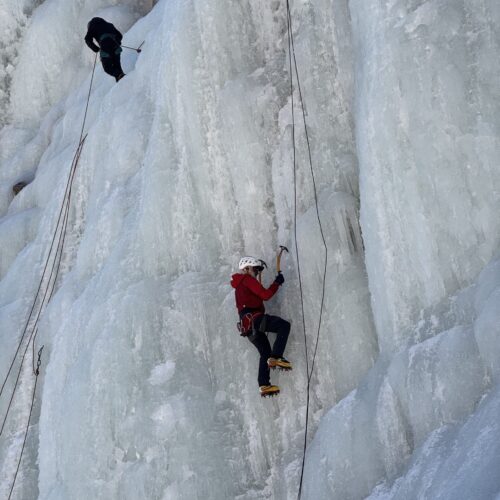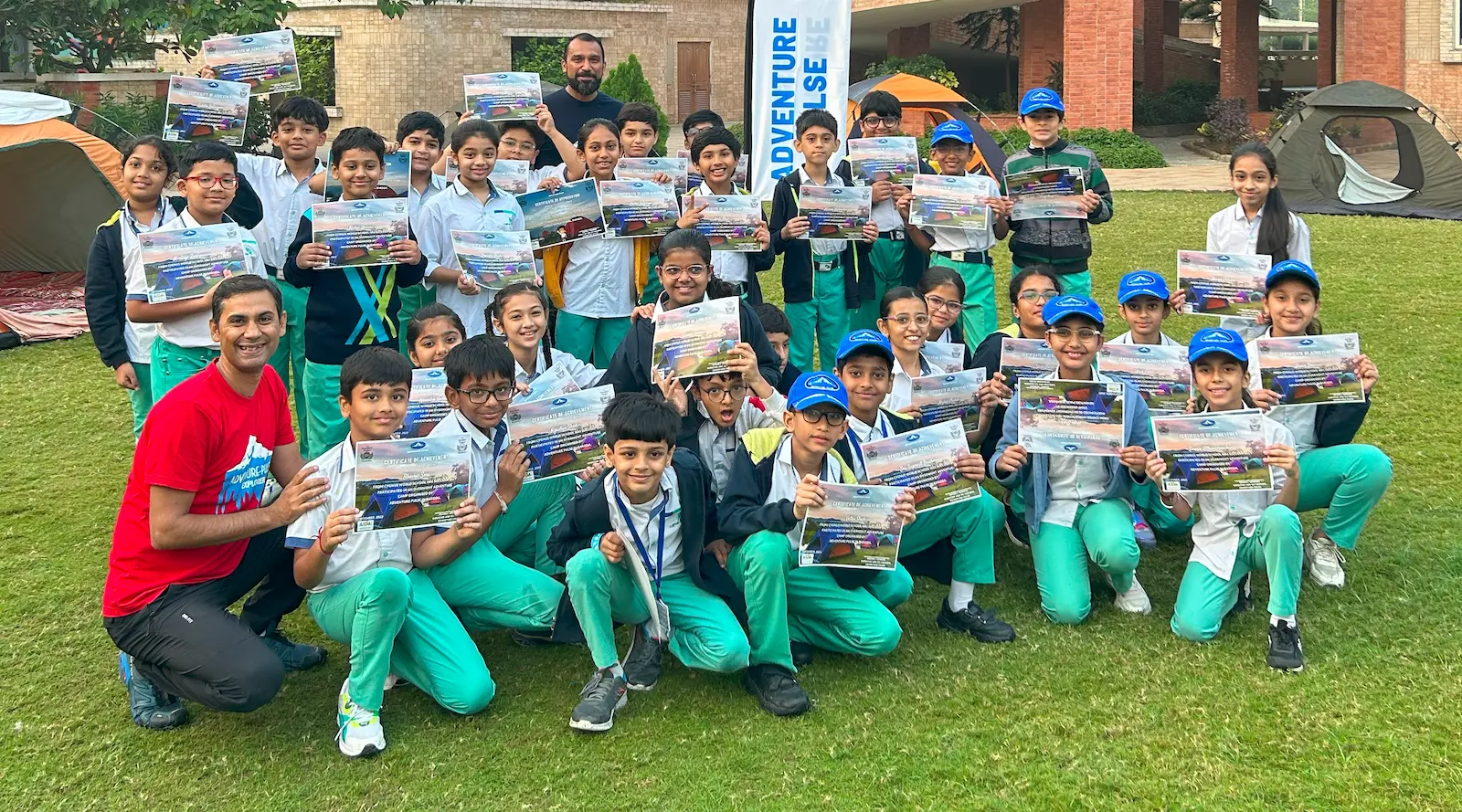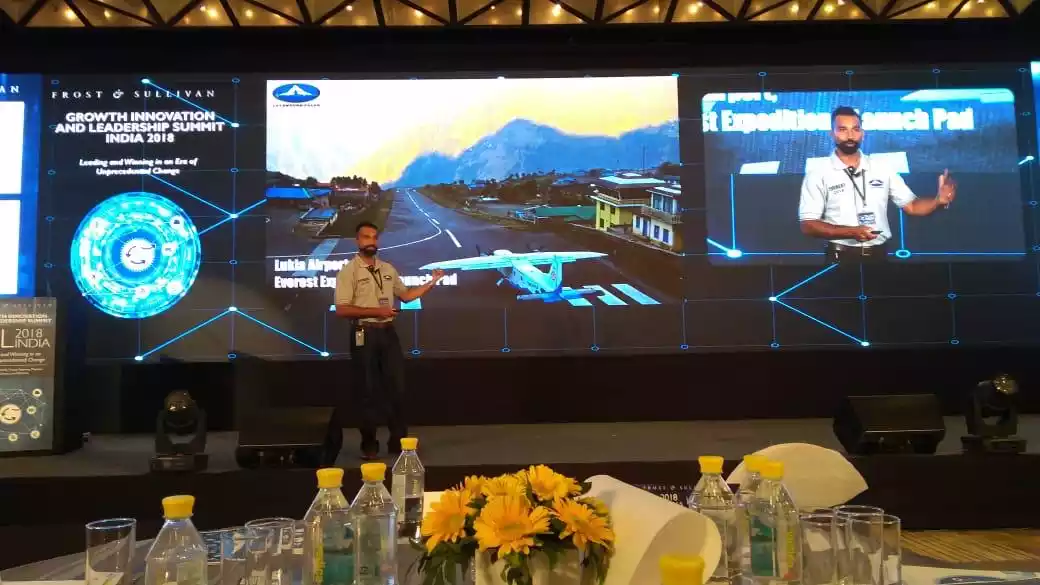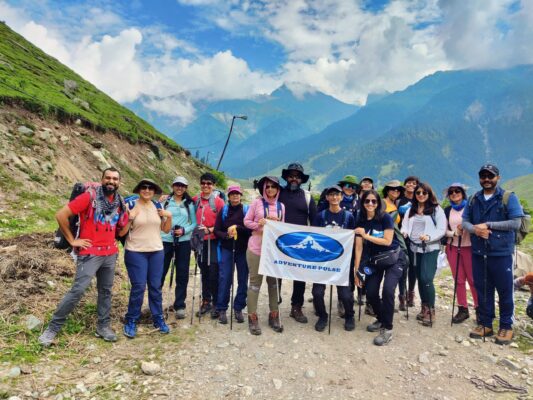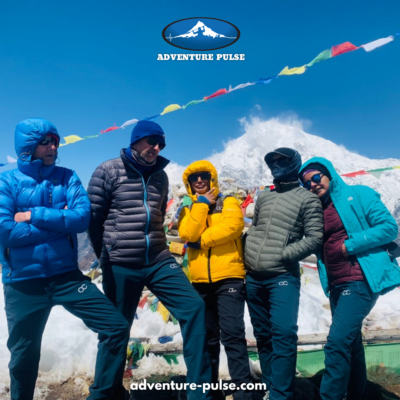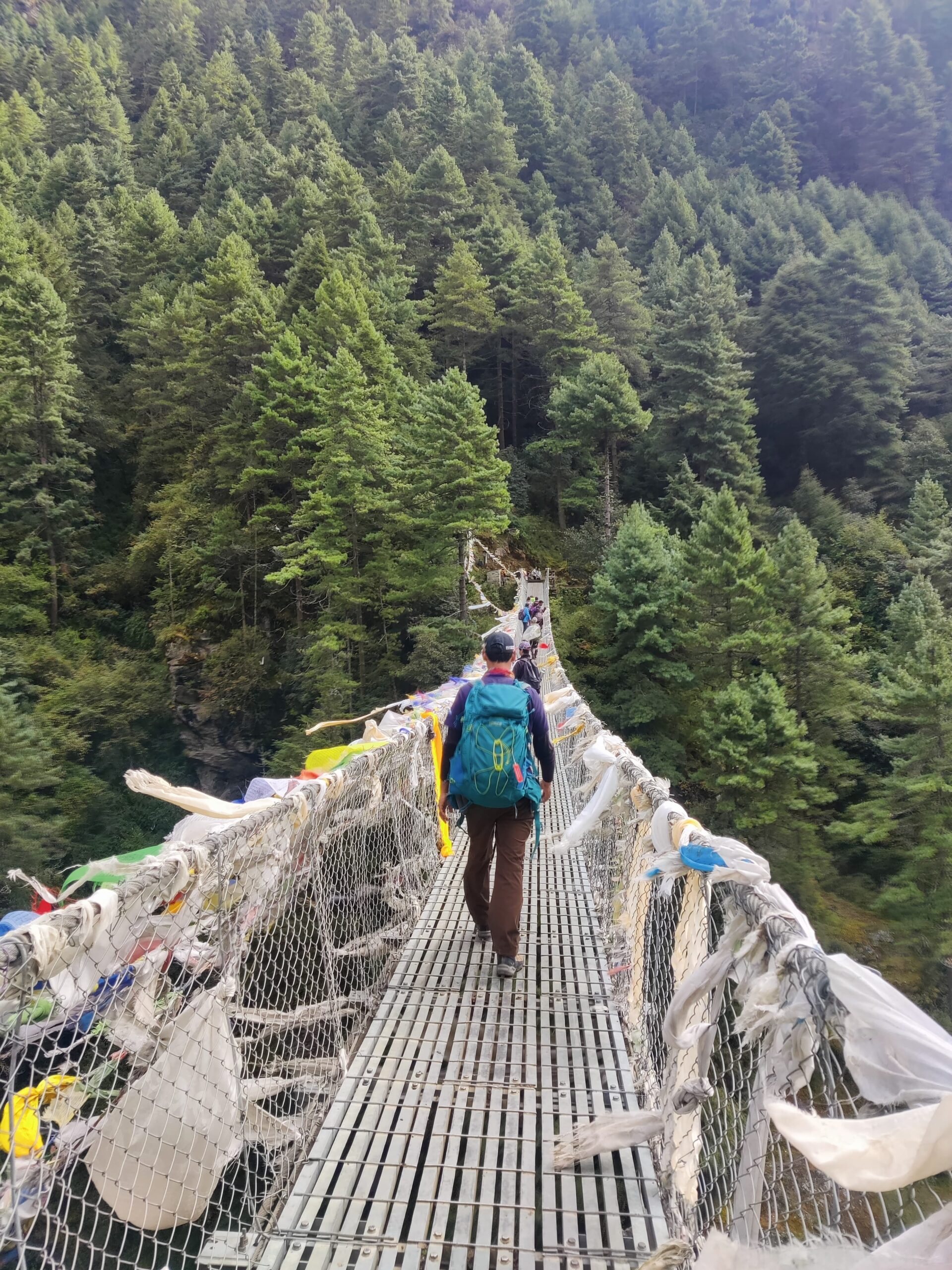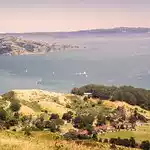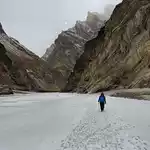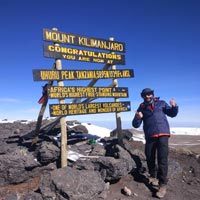Brief Itinerary
- 5:30 AM – Pickup from central points in Pune
- 7:30 AM – Journey towards Vichitragad and reach the start point of Bajarwadi ahead of Bhor
- 7:30 AM – Breakfast and tea in Bhor
- 8:30 AM – Start the trek to Vichitragad (Rohida Fort)
- 11:00 AM – Reach the top and head back to the start of the trek
- 2:00 PM – Return to Bajarwadi & start the return journey to Pune from Vichitragad Fort
Inclusions & Exclusions
Trip Cost Includes:
TRIP COST INCLUDES
- Transportation from Pune to Vichitragad and back
(Pickup points will be finalized at major locations around the city) - Snack Box for the trail
- Team of Experienced Guides and Trek Leaders.
- First Aid and Medical Kit
Trip Cost DOES NOT Include:
TRIP COST EXCLUDES
- Transportation to and from the pickup points in Pune
Things to carry
Download as PDFApparel
- Sport/Trekking shoes with good grip
- Comfortable clothing to hike in - avoid wearing jeans and preferably wear full pants
- A windbreaker or a jacket when pausing to rest on trail
- Towel and a change of clothes in case of rain
Accessories
- Head or Hand torch
- Small backpack
- Water (2L)
- Spirit of Adventure (compulsory)
Fitness
Download as PDFAs this is a one-day trek, it is ideal for experienced as well as beginner trekkers! We encourage kids above 8 to enjoy this trek as well. While the trail isn't very steep, you should be prepared for 4-5 hours of walking through gentle sloping terrain.
FAQs
Vichitragad Trek
What are the start and endpoints of the Vichitragad (Rohida fort) trek?
At just 60 km away from Pune, Vichitragad trek (also known as Rohida fort trek) is one of the easiest treks near Pune. The trek starts and ends at the base village called Bajarwadi; which is 7 km from the nearest town Bhor.
What are the pickup points?
Adventure Pulse provides transport to and from the trek start and endpoints. The pickups are arranged from centralized locations around the city for everyone’s convenience. The list of pickup locations is drafted after the registrations are closed.
What is the fitness level required for the Vichitragad (Rohida fort) trek?
Vichitragad Trek is one of the easiest treks in Pune. This trek is recommended for beginners as well as families with kids. Anyone with an average fitness level can do this trek without any difficulties.
How difficult is Vichitragad (Rohida fort) trek?
Vichitragad trek is an easy grade trek that is ideal for beginners and families with kids. The trail is well defined and it takes only 2 hrs to reach the fort from the start point near the Bajarwadi school. Monsoon is the best time to do the Vichitragad trek. However, expect it to be windy.
What is the minimum age for Vichitragad (Rohida fort) trek?
The minimum age requirement for Vichitragad Trek is 6 years and above.
Featured Blog Posts
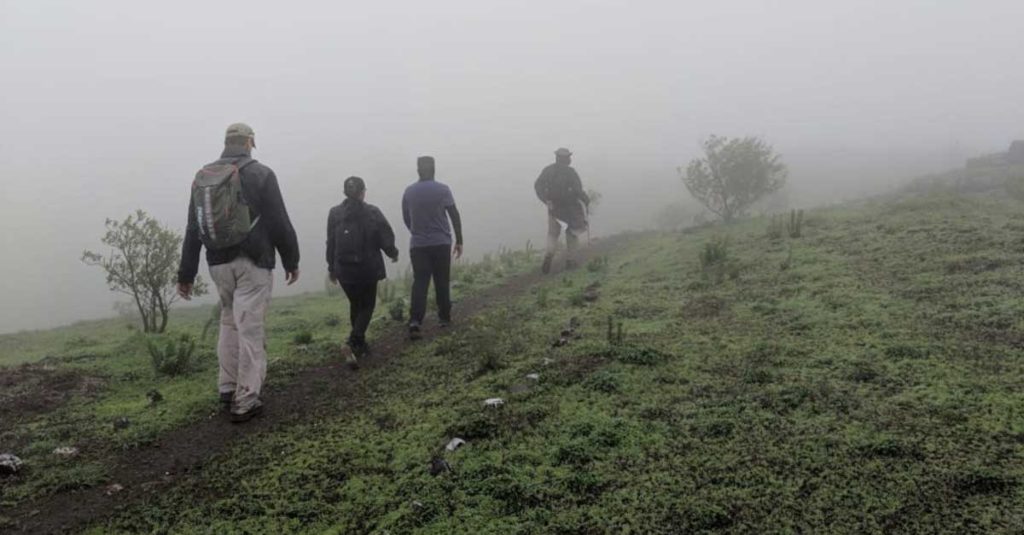 Vichitragad Fort – A Hidden Gem! - I recently had the opportunity to go for a trek to Vichitragad fort with Adventure-Pulse. Initially, I was a little…
Vichitragad Fort – A Hidden Gem! - I recently had the opportunity to go for a trek to Vichitragad fort with Adventure-Pulse. Initially, I was a little… 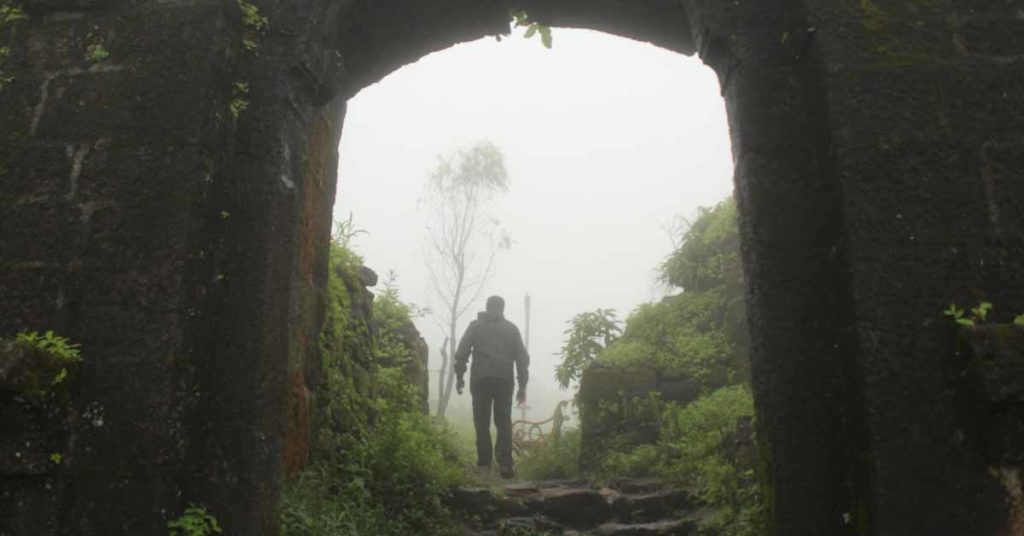 Vichitragad Trek, Pune – The path less travelled! - Vichitragad Trek - "The Path less Travelled" "And we finally reached the Vichitragad Fort; there was a cry of joy…
Vichitragad Trek, Pune – The path less travelled! - Vichitragad Trek - "The Path less Travelled" "And we finally reached the Vichitragad Fort; there was a cry of joy…

